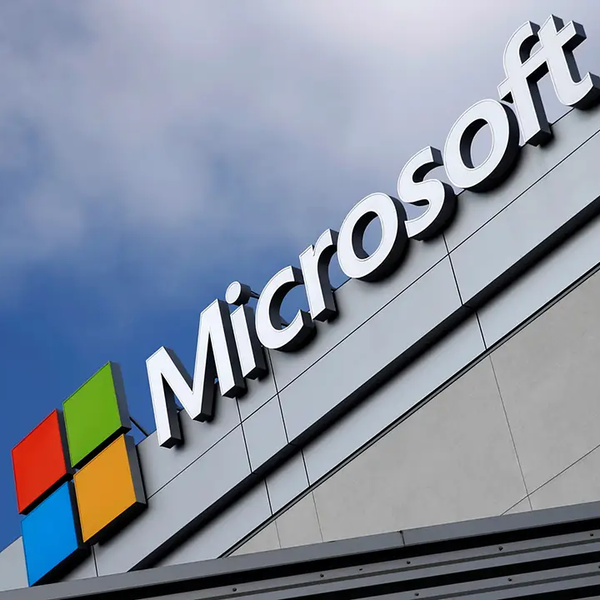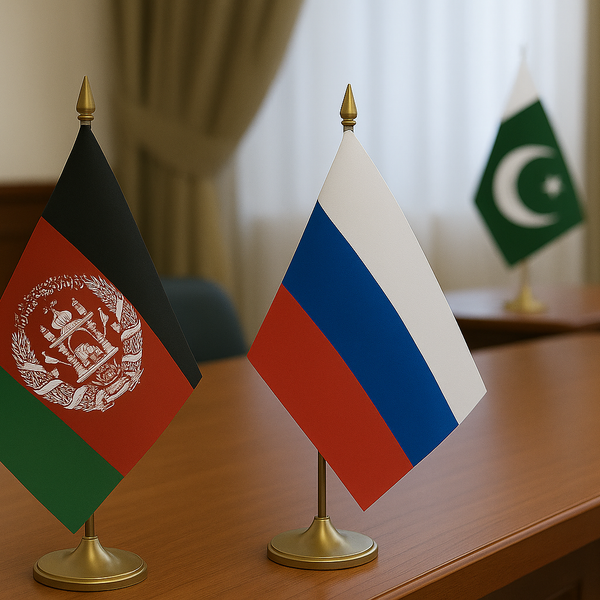GCC banks maintain resilience amid economic and geopolitical shifts
Banks across the GCC are seen as resilient, ready to weather potential macroeconomic shocks.
Dubai Desk
The Dubai Desk reports on major developments across the UAE, covering news, culture, business, and social trends shaping the region.

GCC banks benefit from stable economic conditions and solid financial health.
Shutterstock
Gulf Cooperation Council (GCC) banks continue to demonstrate resilience and strength, buoyed by high profitability, strong asset quality, and robust capitalization, according to a report from S&P Global. These positive financial indicators are expected to persist into 2025, despite potential pressures from anticipated interest rate cuts and geopolitical uncertainties.
GCC banking sector: A strong performance outlook
GCC banks benefit from stable economic conditions and solid financial health, providing them with sufficient liquidity to manage future market fluctuations. Even though lower interest rates may impact earnings, their high credit ratings and positive outlook indicate that these banks are prepared to handle modest challenges. S&P Global Ratings reports that geopolitical disruptions or a significant drop in oil prices could pressure creditworthiness. However, banks across the GCC are seen as resilient, ready to weather potential macroeconomic shocks.
Interest rates and their impact
With the U.S. Federal Reserve expected to cut rates in 2025, emerging markets like the GCC may see improvements in financing conditions. Yet, while lower interest rates benefit regions that depend on external funding, they could impact profitability as revenue from interest-earning assets declines. Specifically, S&P estimates GCC banks could experience a 25-50 basis points decrease in profit margins, with variations by country. This shift is anticipated to have only a moderate impact on the banks’ overall performance, as they can counterbalance these pressures through strategic financial management.
Oil prices and economic transformation
Oil remains a critical factor for GCC economies, with Brent crude projected to average $75 per barrel through 2027. This stability in oil prices, alongside economic transformation initiatives—such as Saudi Arabia’s Vision 2030 and Qatar’s expanded gas production—supports robust economic growth across the region. As a result, GCC banks are poised to continue expanding their lending portfolios, notably in the UAE and Saudi Arabia, with lending growth ranging from 8-9% annually.
Asset Quality and Capital ResilienceDespite the economic impacts of the COVID-19 pandemic, GCC banks maintain strong asset quality with low non-performing loan (NPL) ratios of around 3-4%. This stability results from regulatory support measures, proactive provisioning, and economic recovery. The sector also benefits from solid capital foundations, backed by supportive shareholders and high Tier 1 capital ratios. Given the limited use of hybrid financial instruments, GCC banks’ capital remains robust, enabling them to continue prudent lending without significant financial risk.
Geopolitical risks and stress scenarios
Geopolitical tensions in the Middle East remain a concern, with S&P identifying possible scenarios that could impact the region’s financial stability. While a full-scale regional conflict is unlikely, potential escalations could disrupt energy prices, supply chains, and market stability. Nevertheless, GCC banks have shown resilience under stress, evidenced by stable funding and strong liquidity positions. For instance, Qatar’s banking sector is supported by the government, while Saudi banks have access to external funding when domestic deposits fall short.










Comments
See what people are discussing